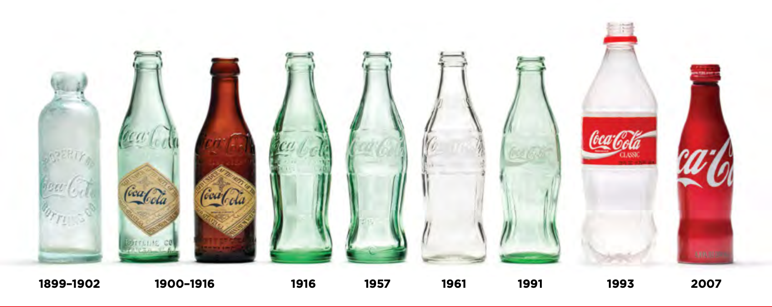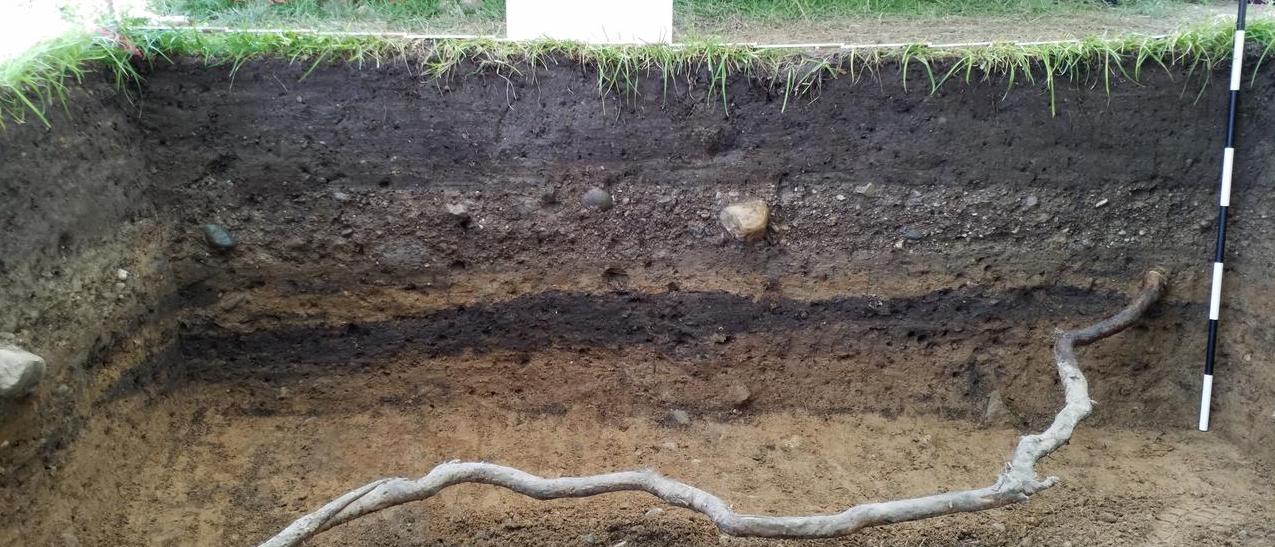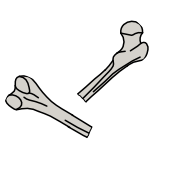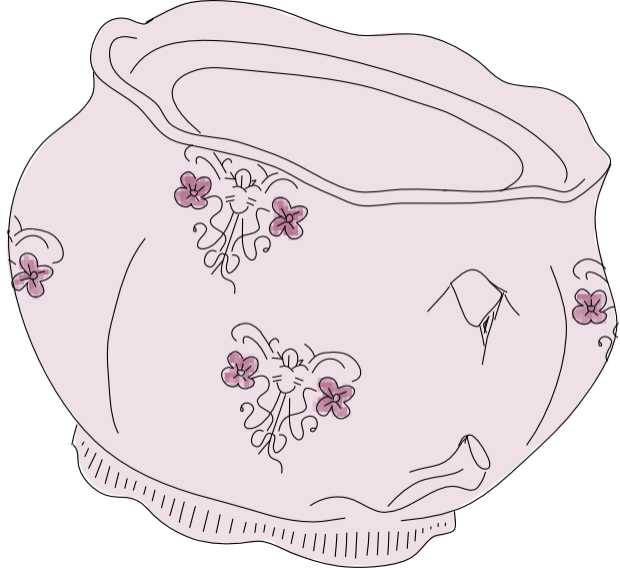Understanding the past is impossible without being able to tell time. In order to examine how things have changed through time, archaeologists need to be able to tell when an object was used or when people lived at a site. This way, they have an understanding of the order in which things happened. Luckily, archaeologists and other scientists have developed a number of ways to date (or assign an age to) archaeological sites.
One common way archaeologists date archaeological sites is by tracking changes in artifact styles. Over time, people change the way objects look, such as shape, color, size, or texture. These changes can be used to say whether one site is older or younger than another. For example, below is an image of Coca-Cola bottles through time.

Look at the ways that the shape of the bottle changed, as well as the material the bottles were made out of. Over time, Coke bottles changed to have a different shape (from straight sides to curved sides), and switched from being made out of glass to being made out of plastic or metal. Based on these changes, archaeologists can suggest an age for a site depending on what types of Coke bottles they found.
If you found a bunch of brown glass Coke bottles with straight sides at a site, but no other kinds of bottles, in what years do you think people lived at that site? Use the image above to figure out the age!
Another way archaeologists tell time is through the principle of stratigraphy. The main idea behind stratigraphy is that older things will be buried below more recent things, making it possible for archaeologists to determine that some types of objects or sites were used before or after others.

Think about your dirty clothes basket at home. On Monday night, you put your dirty clothes into the hamper. Then on Tuesday, you again throw your dirty clothes into the basket. By Friday, you have a basket full of clothes piled on top of each other. If you dug through this basket to find something, your clothes from Monday would be on the very bottom, Tuesday's clothes would be on top of those, and Friday's clothes would be on top. Stratigraphy works in the same way. If you build a new house on top of the ruins of another, then you know that the ruins on bottom are older than the new house.
Look at the drawing of stratigraphy below. Order the artifacts from youngest to oldest (going from top to bottom, starting with the youngest artifact on top) by dragging and sorting the images on the right side of the page. Click the Reveal Answer button at the bottom of the page to check your answer!

 Animal Bone
Animal Bone
 Brick Wall
Brick Wall
 Sugar Bowl
Sugar Bowl
 Projectile Point
Projectile Point
 Mirror
Mirror
 Inkwell
Inkwell